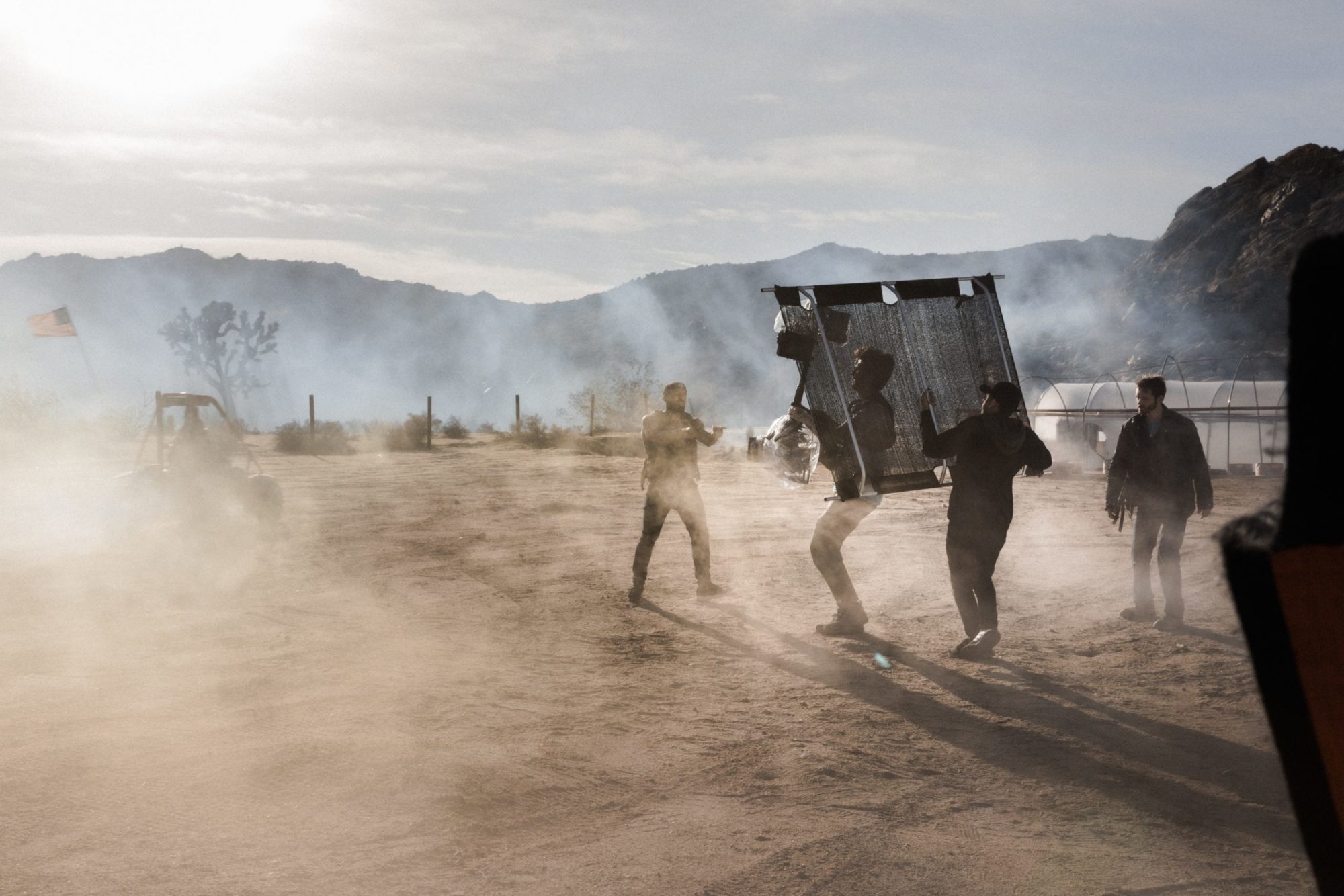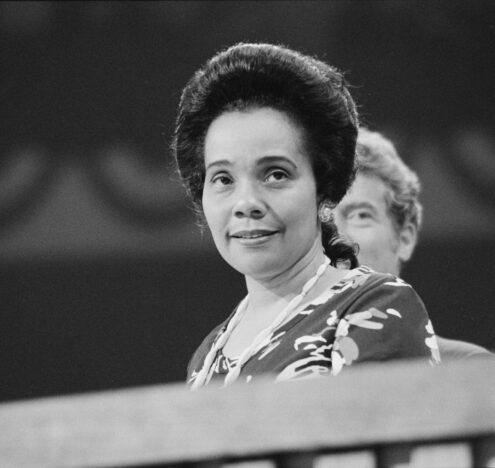Depictions of Iran in major blockbuster movies are often nefarious, in ways both subtle and explicit. The institutional enmity toward Iranians is evident in Hollywood’s depictions of us, our nation of origin, our culture, and our history. It is important to take note of the ways that cultural producers attempt to normalize a potential war with Iran. Whether intentional or not, these efforts align keenly with the wishlists of US foreign policy’s most notorious war hawks. Propaganda obscured beneath a veneer of entertainment may be the most effective way to manipulate the public.
It is no coincidence that Hollywood is so hawkish; through Freedom of Information Act requests, researcher Tom Secker has documented the shockingly close relationship between the national security establishment and the entertainment industry. Through the documents he has attained, Secker managed to expose and illustrate the extent to which the Central Intelligence Agency was involved in the making of “Argo” (2012) and at least 410 movies sponsored by the Department of Defense.
On their official website, the Department of Defense has openly boasted the existence of such a relationship with Hollywood since World War I. Such films and their promotional materials, though depicting white European national foes, still had racial components that animalized German-ness despite a large demographic of the American population at the time being of German descent. “Birth of a Nation,” a film predating America’s involvement in the war and widely credited with contributing to the resurgence of the Ku Klux Klan, was also supported by the US military. If anything, the Global War on Terror merely reinforced this problematic relationship on a broader scale in the lead-up to and throughout the internet age.
This is not to suggest a grand unified conspiracy but rather an arrangement in which filmmakers are incentivized to tow certain lines in their depictions of the armed forces in order to attain access to support and resources offered to them by the military that would likely not be offered to explicitly anti-war movies. Referring to what some have termed as the military-entertainment complex, Army Lt. Col. Tim Hyde, the deputy director of the Los Angeles Office of the Chief of Public Affairs, had said “‘There are compromises on both sides. There’s a point where we just have to say no.’” He also mentioned that their production agreements require that the Department of Defense review rough cuts of a film so they can decide if and what parts need to be addressed before release.
FROM FILM SETS TO AMERICAN SUBURBS
“I didn’t see you at practice, where were you last week?” my friend innocently inquired as we took warm-up shots before a basketball game in our small New Jersey suburb.
“I was visiting family in Iran!” I responded enthusiastically, blissfully unaware of how those words may come across to a non-Iranian preteen who has spent most of his life in a privileged, suburban American bubble.
My friend looked shocked and, to my bewilderment, impulsively started asking if I witnessed any combat in active warzones. We were roughly 12 years old so it would be unfair to fault a child for being under the false impression that Iran, a country he mispronounced in the same tenor of former President George W. Bush, was already a country that the United States was at war with.
Pro-war propaganda is not particularly subtle in movies, and Iranians, whether in Iran or the diaspora, cannot afford to ignore them.
At age 23, I am now confronting this memory, and many others since, through a more analytical lens. In the internet age, how are the endless wars normalized to such an extent that the average American does not know which countries the US military is active in, while mistakenly assuming that it is active well beyond those countries? How is the American citizenry so primed to accept their government’s wars to the extent that wars that have not come to fruition are seen as inevitabilities?
For the educated elites, opinion columns from armchair generals in America’s leading newspapers like The New York Times may seem like the most evident culprits. However, in interpreting the hawkish foreign policy agendas of America’s moneyed special interests, society’s pop-cultural output is a revealing and criminally under-examined area of study. There are alarming, widespread trends that even go beyond the villainized portrayal of Iranians in “Not Without My Daughter” (1991), a movie that heinously reduced an ethnically and religiously diverse nation of roughly 85 million people today to a homogenous horde of backward savages. Some examples include Orientalism in fictionalized depictions like “Prince of Persia: The Sands of Time” (2010), a film adaption of a 2003 video game that shares its name. This kind of motion picture is often laughed off or satirized and overall tends to be deemed harmless. At the very least, it pales in contrast with examples that could be considered outright sinister.
Hollywood films often contribute to a pro-war cultural atmosphere directed against Iran in two ways: One being the normalization of carnage depicted in Iranian settings and the other being the denigration and disparagement of Iranian people. For the most part, these disturbing works can be categorized into such groupings. In “Transformers 3: Dark of the Moon” (2011), an Iranian nuclear facility was destroyed in what was depicted as a series of measures to maintain supposed global security. Others could interpret that particular scene as an ostensible act of state-sanctioned terrorism. In “RoboCop” (2014), one scene featured a brutal military occupation of Tehran in which civilians were being murdered by armed, unmanned, and fully automated walking robots. The scene was followed by a fictional news clip reporting it with a chyron that read, “OPERATION FREEDOM TEHRAN.”
Beyond these heavy-handed scenes, the 2006 film, “300,” has been the single piece of Hollywood output that Iranians across borders find to be the most offensive. Iranians familiar with this movie wouldn’t even know where to begin in lambasting the blatant historical inaccuracies and cartoonishly absurd and appalling portrayals of Iranian people. Interestingly enough, clips from this movie are the only acknowledgments of Iranian “history” that I have been subjected to by teachers in both a public middle school, a public high school, and a private high school. I was as appalled then as I am now and, quite frankly, embarrassed on behalf of those teachers and the educational system in the United States writ large.
Islamophobic and anti-Iran war propaganda movies and television series like “Tehran” (2020), the examples listed, and countless others, are all around us and too numerous to be covered in this essay. And this is not to mention video games like “Battlefield 3” (2011) and “Call of Duty: Black Ops Cold War” (2020) that place players in the position of gunning down Iranians.
Pro-war propaganda is not particularly subtle in movies, and Iranians, whether in Iran or the diaspora, cannot afford to ignore them. The overwhelming majority of them are devoid of any nuanced insights or informative value. Their dehumanizing and racist nature has already done real damage in fanning the flames of xenophobia. If we allow them to further heighten jingoistic attitudes in American society, they pose the risk of contributing to the next abominably cruel forever war that no one needs or benefits from.
Hossein Jahandoost is the pen-name of an Iranian American dual citizen and 4th generation seller of hand-knotted Persian and Oriental rugs based in Northern New Jersey.




















